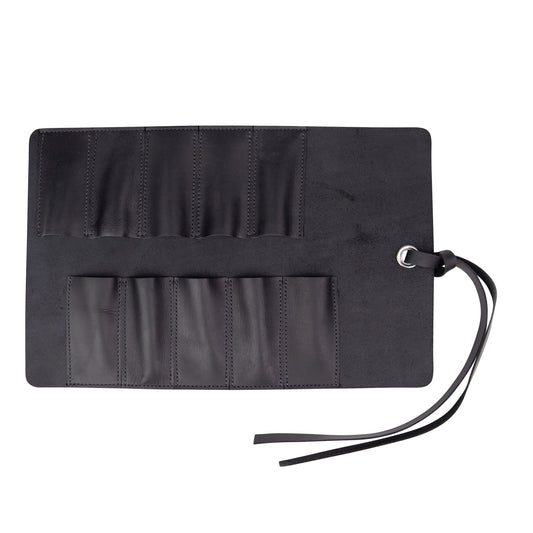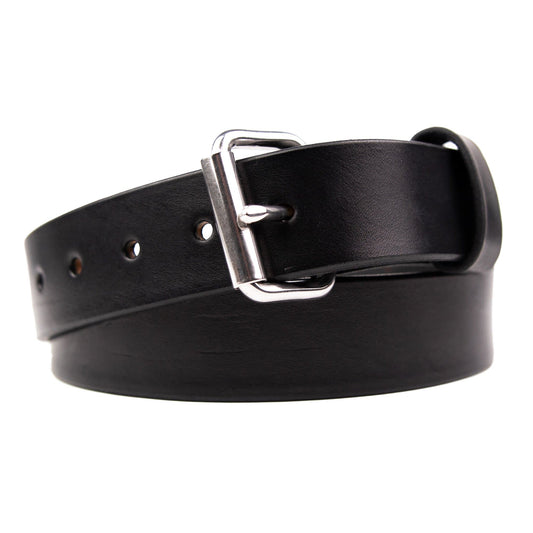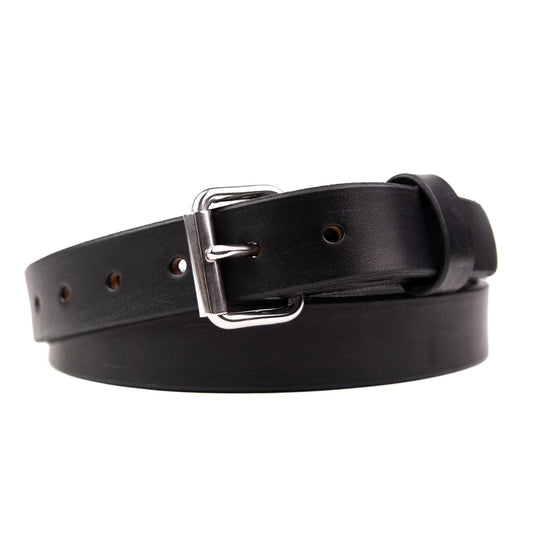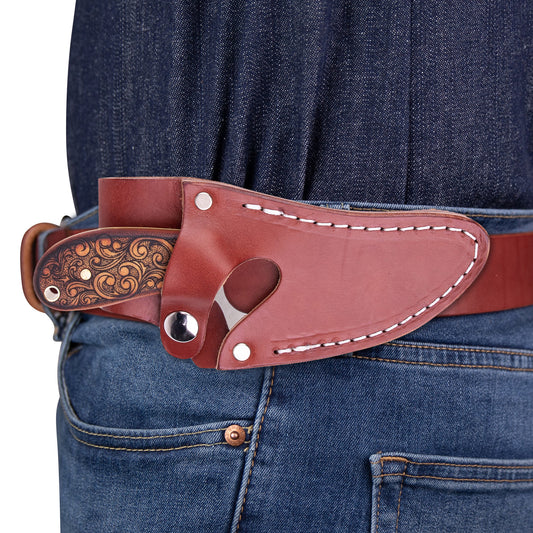D2 Steel History
As World War II began and American factories were dedicated to defense production, one very important scientific advance led the way to making aircraft and vehicle parts possible: D2 steel. We'll explore what D2 steel is, and how it helped American factories build the modes of transportation and weapons of war toward a winning effort. We'll also briefly discuss the past and future of cutting steels like D2.

The search for better steel
Companies and individuals long experimented with mixing different kinds of steel. The purpose? Make a type of steel that could cut at a high speed through other kinds of steel – without wearing out too quickly or requiring constant maintenance. After trying different combinations, a cutting steel with 11.5 chromium was determined to have the ability to cut through metal without requiring consistent replacement. The type of steel is very nearly stainless steel, which consists of a minimum of 12 percent chromium. D2 also has lots of carbon – 1.5%, which makes it more corrosion resistant. The balance of carbon and chromium was essential because having too much chromium would increase corrosion and require more replacement. Too mmuch carbon would reduce the ability to hold a sharp edge.

The concept behind D2 steel would be patented in 1918 and soon used for factory work. Many companies have created their own forms of D2 steel with slight differences in the mixture of chromium and carbon, but the formula remains largely the same for factory cutting purposes. Simply said: One of the goals of cutting steel is to maintain a hard and consistent edge, without potentially softening under the pressure of cutting another kind of steel.

The use of D2
As assembly lines rolled to create airplanes, tanks, weapons, American factories needed a way to make a “die” that would cut a shape out of a softer steel. The high chromium and carbon composition of D2 steel was ideal for cutting softer steel over and over again.

D2 is considered to be an essential part of the war effort. Without a strong, capable steel that didn't require excessive replacement, it would be difficult to produce metal parts, including the wings of planes, or engines quickly. Factories often ran 24 hours a day. In one example, a B-24 Liberator Bomber had 4 engines – and it took 1.5 million parts to build the plane – but thanks to a combination of the assembly line, efficient workers, and hard and fast D2 steel, a well equipped factory could build one almost every hour.

This was a big improvement. Previous attempts at cutting through steel required more frequent replacement – or edges would get worn down and stop assembly lines. D2 could power through and create more airplanes and vehicles faster when they were needed the most.

Before D2 Steel
The steels manufactured for cutting prior to D2 were often higher in chromium – to the 15 to 20% range, effectively making them stainless steel. Steel at the time more often used higher amounts of tungsten which could handle the heat while maintaining hardness. Tungsten, however, was not easy to obtain and was a bit expensive compared to the future uses of chromium.

“After” D2 Steel
A very high carbon form of D2 steel, known sequentially as D2 steel. These blades use 2.2% carbon and are considered very hard.
Additional uses for D2
While one would definitely consider D2 a viable steel for a knife, it didn't become consistently used in knives for 20 years after World War II. D2 is now a fairly common knife steel known for resisting wear well. Knifemakers including Bob Dozier often make their knives with D2. One of D2's biggest advantages besides being wear resistance is offering a lower price, as newer methods like power metallurgy often cost significantly more. D2 is in fact still considered a budget steel, though it comes with some tradeoffs within knife use. Users of D2 steel will want to take care of it a bit more than stainless steels which are better known for corrosion resistance. One knife user put it well in saying that he'd rather clean a knife on a regular basis if it means he can afford that knife in the first place.





